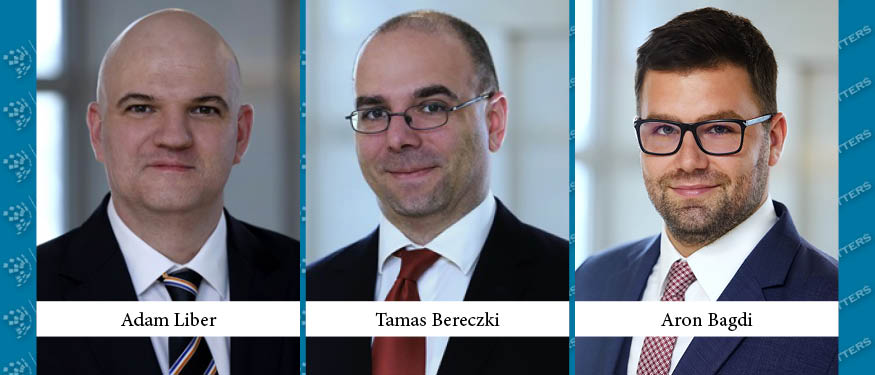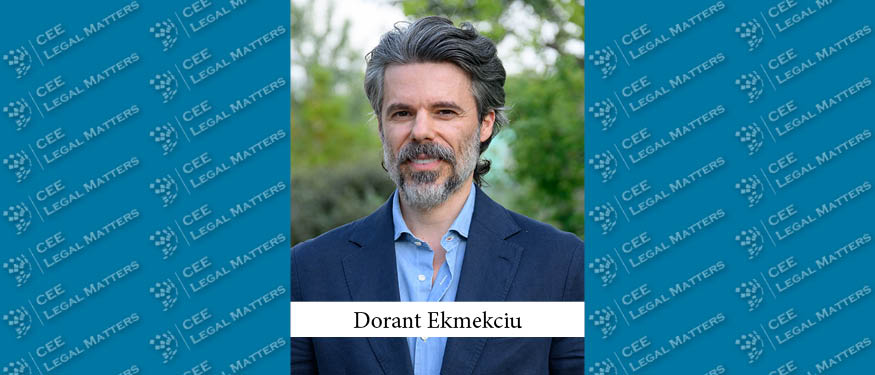The energy market in Latvia is in a constant process of development, on both the regulatory and business sides. The following highlights suggest the energy sector will remain active in the foreseeable future, providing new opportunities for potential investors.
Firstly, over the last couple of years, the Public Utilities Commission (PUC) has put a lot of effort into the improved efficiency of the electricity and natural gas tariff system. This has resulted in a new tariff methodology for transmission and distribution networks, which ensures that grids are used effectively and each consumer, whether industrial or household, pays its fair share for expended electricity and natural gas. While initially this change was not supported by energy producers, who were largely exempt from tariffs, the PUC maintained a very firm position, to ensure that grid maintenance costs are shared among all users of the grid.
Secondly, the Latvian district heating ownership is becoming more diverse, as international investors are entering a market once dominated by municipal companies. We expect this trend will incentivize further investments in this industry. A landmark deal in this regard has been Partners Group’s acquisition of Fortum’s district heating platform in the Baltic States, including Latvia. Fortum has been one of the largest and longest-standing foreign investors operating in the energy sector in Latvia. The acquisition of Fortum’s business in the Baltics by Partners Group confirms the strong interest from equity investors in the local district heating and renewable electricity business, notwithstanding the fact that the support period for most renewable electricity generators, via the EU approved feed-in tariff and capacity payment scheme, is approaching its expiry towards the end of 2020s.
Thirdly, for many years, the Latvian wind energy sector has been underdeveloped, in spite of Latvian wind conditions being comparable to many of the leading European wind energy forerunners. Now the decrease in technology costs and the availability of land have fueled an inflow of investments in wind energy projects. In 2020 the development of new onshore wind energy projects became even more accessible, due to revised planning requirements. Regulatory enactments were amended by relaxing some of the too-stringent restrictions and requirements for wind farm development projects. Several planning restrictions were substituted with the ability to evaluate and possibly mitigate the effect of such restrictions within environmental impact assessment. Another novelty was the possibility to construct wind farms in forests, which improves the available space for the development of new projects.
Latvia, with its long coastline and beneficial wind resources, provides for a significant, yet unexplored, potential for offshore wind farm development. The country’s National Energy and Climate Plan aims to increase its total offshore wind power capacity to at least 800 megawatts, over the next ten years. A possible catalyst for future offshore projects might be the ELWIND project – a joint effort by the Latvian and Estonian governments to develop a common offshore wind farm. The intention is to set the location, ensure access to the transmission grid, and then auction the respective area to private developers for the construction of a wind farm. Both governments have entered into the respective Memorandum of Understanding, and a designated working group, including transmission system operators of both countries, is actively working on this project, set to materialize in an operating large-scale offshore wind farm in 2030. This move has been successful in attracting international investor interest for the Baltic offshore wind market. In April 2021 Orsted A/S announced a plan to become the leading offshore wind developer in the Baltic countries, with an aim to deliver the first offshore wind farm in the Gulf of Riga, in the Baltic Sea, before 2030.
While there are still situations where the Latvian regulatory environment is not able to keep up with the needs of the industry, the above trends contribute to a generally positive market outlook for future energy transactions in Latvia.
By Gatis Flinters, Partner, and Martins Tarlaps, Senior Associate, Cobalt
This Article was originally published in Issue 8.8 of the CEE Legal Matters Magazine. If you would like to receive a hard copy of the magazine, you can subscribe here.

















